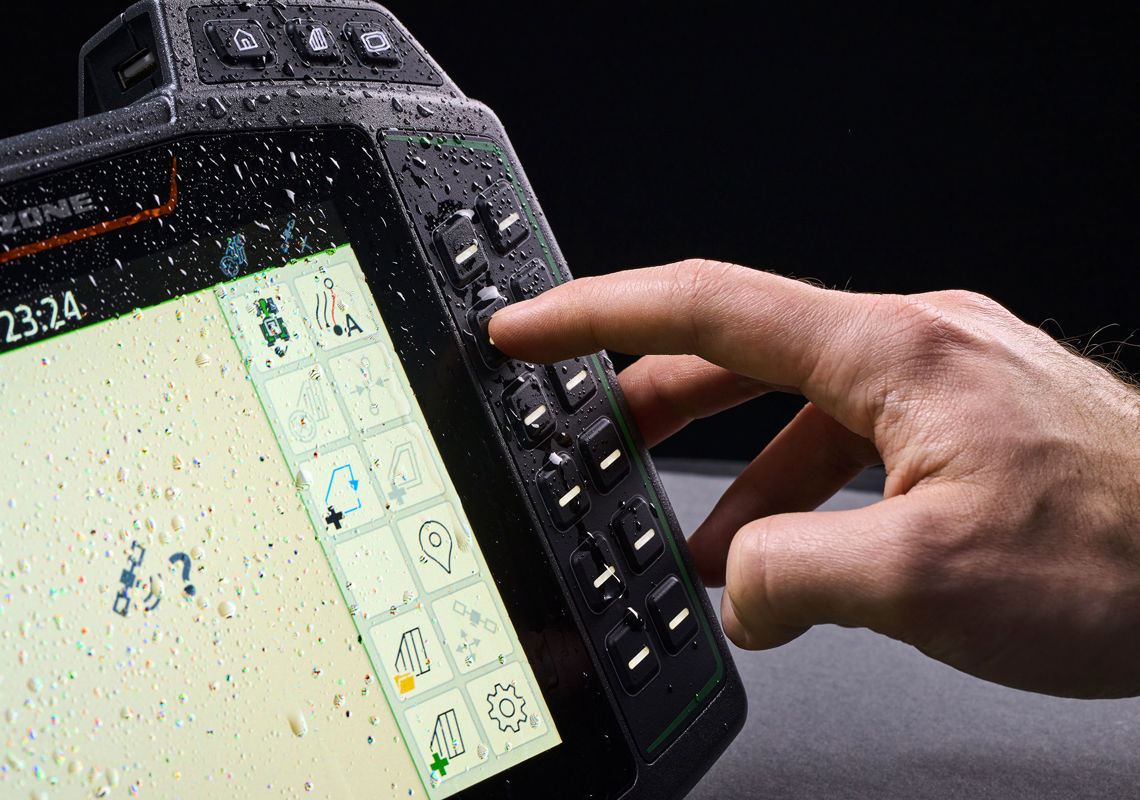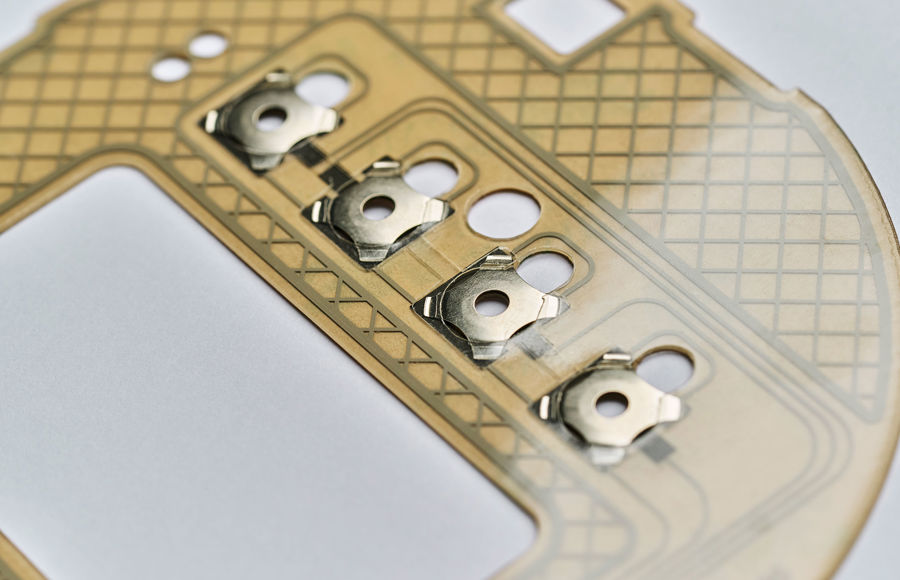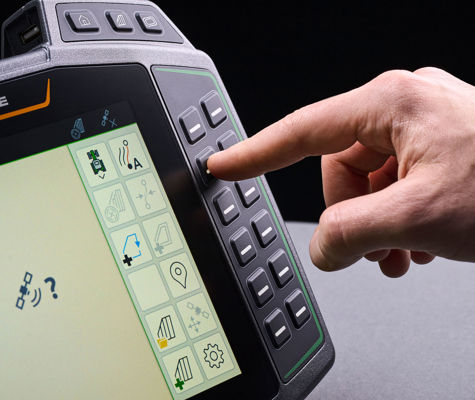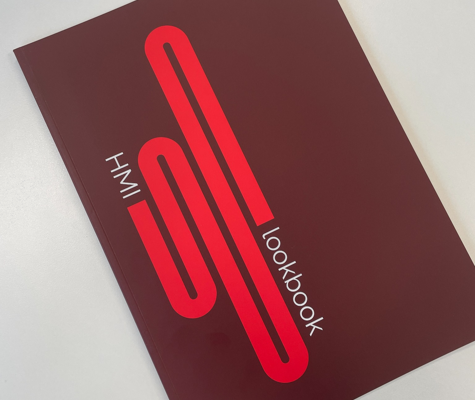When was the last time you pressed a button and thought, “That feels just right”? In industrial keypads, whether for electronic devices, machinery, or safety-critical equipment, tactile feedback plays a key role in how users interact with your product. But what exactly makes a button feel right? And how do you specify "a feeling"? Or how do you design that perfect click?


What makes a click in a keypad?
The first decision about button design is made with the type of "click component". The actual physical part that make the click possible. We group them into four main categories:
 |
Metal domes - ideal for thin constructions in silicone and membrane switch keypads |
| Tactile switches - used in keypads with PCBs as electric circuits | |
 |
Carbon pills - made with an actuation pin in silicone keypads |
|
|
Polydomes - embossed structures in membrane switch keypads for compact design |
Which one is right for your project? The answer depends on your use case, required durability, and user experience goals—which we break down further in the guide.

Step by step guide to decision making
Here’s an example of how the design guide helps you define the best keypad solution based on your specific requirements.
Scenario: Keypad for Construction Tools
|
Requirements to keypad: Used on a construction site, operated with gloves, must have a good click, front mounted keypad, housing recess 2 mm |
| ↓ |
|
Tactile feedback specifications: Multilevel button design, raised keys, high levels of audio feedback, activation force, and snap ratio; thin construction |
| ↓ |
|
Solution: a silicone rubber keypad with metal domes to achieve a thin construction, a satisfying click feel, and distinct key shapes with clear audio and tactile feedback. |
Want to see how other scenarios play out? Get the full overview and more specific cases in the PDF guide.
-
 Human Machine Interfaces with focus on your product design and optimal user experienceHMI solutions
Human Machine Interfaces with focus on your product design and optimal user experienceHMI solutions -
 Order a free keypad sample box to make your design process easier and more efficientOrder free keypad sample
Order a free keypad sample box to make your design process easier and more efficientOrder free keypad sample -
 Download HMI lookbook, offering inspiration, best practice and use casesDownload HMI lookbook
Download HMI lookbook, offering inspiration, best practice and use casesDownload HMI lookbook







